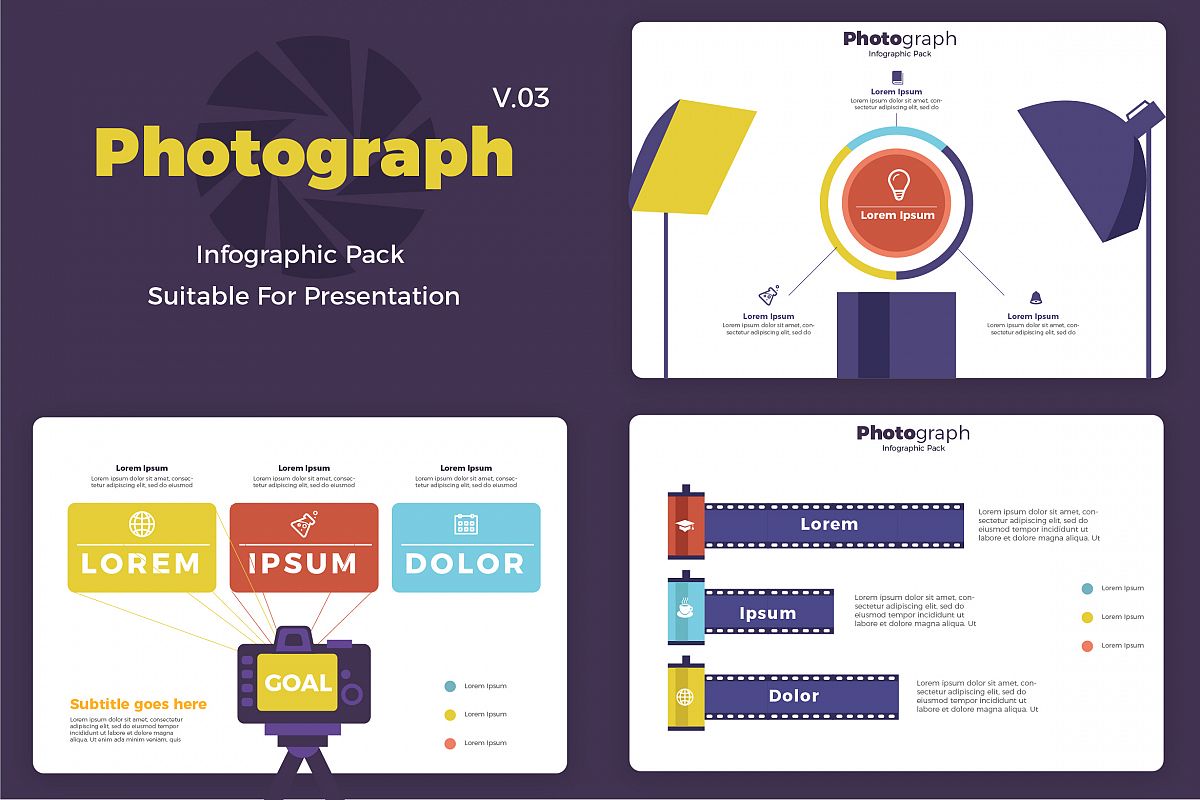What Every Digital Photographer Should Learn About Lighting
What Every Digital Photographer Should Learn About Lighting
Blog Article
Write-Up Author-Caldwell Heath
As a digital photographer, you recognize that lighting can make or break your pictures. Recognizing the subtleties of both natural and fabricated light is important for catching the state of mind and quality you aim for in your job. Whether you're chasing after the ideal gold hour glow or tweak your artificial configurations, mastering these components can elevate your digital photography substantially. Yet there are common challenges that many neglect, and recognizing them can change your strategy to every shoot. Allow's discover what you might be missing out on and how it can impact your results.
Comprehending All-natural Light
Recognizing all-natural light is critical for any kind of photographer seeking to improve their work. It's the structure of great digital photography, influencing state of mind, tone, and quality. When you fire outdoors, take notice of the time of day. https://www.nytimes.com/2020/04/27/nyregion/new-york-city-doctor-suicide-coronavirus.html -- quickly after dawn and before sunset-- provides soft, warm light that can change normal scenes right into sensational photos.
Don't take too lightly the power of cloudy days. Cloud cover diffuses sunlight, creating a soft, also light that's ideal for portraits and macro digital photography. You'll locate colors pop in this kind of lighting without extreme shadows.
Placing matters, as well. Constantly consider your subject's alignment to the light source. If the sun's behind your topic, you might wind up with a shape, which can be significant however mightn't be what you desire. Alternatively, straight sunshine can produce unflattering darkness.
Explore angles; often, transforming your point of view can generate incredible results. Use natural reflectors, like water or sand, to bounce light onto your subject, including dimension.
Learning Artificial Light
Mastering fabricated light is vital for professional photographers that want to take their abilities to the next level. Whether you're making use of speedlights, workshop strobes, or constant lights, understanding how to manipulate these resources can substantially enhance your images.
Beginning by acquainting on your own with the essentials of light quality, direction, and color temperature. Trying out various modifiers like softboxes, umbrellas, or grids to regulate the softness or cruelty of the light.
You'll discover that soft light usually creates complementary outcomes, while harsher light can include drama and depth. Don't shy away from shadows; they can improve the three-dimensionality of your topics.
Pay very close attention to the placement of your lights. A light positioned also near your topic can produce unflattering results, while as well far can result in an absence of detail. Utilize a light meter or your electronic camera's pie chart to ensure you're subjecting correctly.
Last but not least, bear in mind that fabricated light can be combined with ambient light for imaginative results. Stabilizing these resources may take method, once you understand it, your photography will absolutely beam.
Strategies for Different Circumstances
When you step into different shooting situations, adjusting your lighting strategies is important for capturing the best images. For straight from the source , utilize the golden hour-- early morning or late afternoon light-- to soften shadows and boost complexion.
If it's an extreme midday sunlight, consider making use of a reflector to bounce light back onto your subject or look for shaded locations for a much more also direct exposure.
In low-light situations, like indoor occasions, raise your ISO and utilize a broad aperture to let in even more light. A tripod can aid eliminate camera shake, allowing for longer exposures without obscuring.
If you're contending evening, try out off-camera flash to create vibrant lighting and deepness in your pictures.
For item digital photography, use diffused illumination to avoid rough reflections. Softboxes or light tents can aid attain this impact.
When photographing landscapes, think about the direction of light and time of day, as it can dramatically alter the state of mind of your shot.
Constantly be ready to change your settings and positioning based on the situation, as versatility is essential to understanding illumination in photography.
Conclusion
In conclusion, mastering lights is crucial to raising your digital photography skills. Welcome natural light's appeal during golden hour, and do not avoid try out man-made light techniques. By adapting your method to different situations, you'll catch stunning pictures that reverberate with emotion and quality. Remember, https://zenwriting.net/carmen279alexa/crucial-digital-photography-gear-what-you-really-required-to-begin can change a common shot into something phenomenal, so maintain exercising and refining your understanding of both all-natural and man-made light. Immigration photos capturing!
